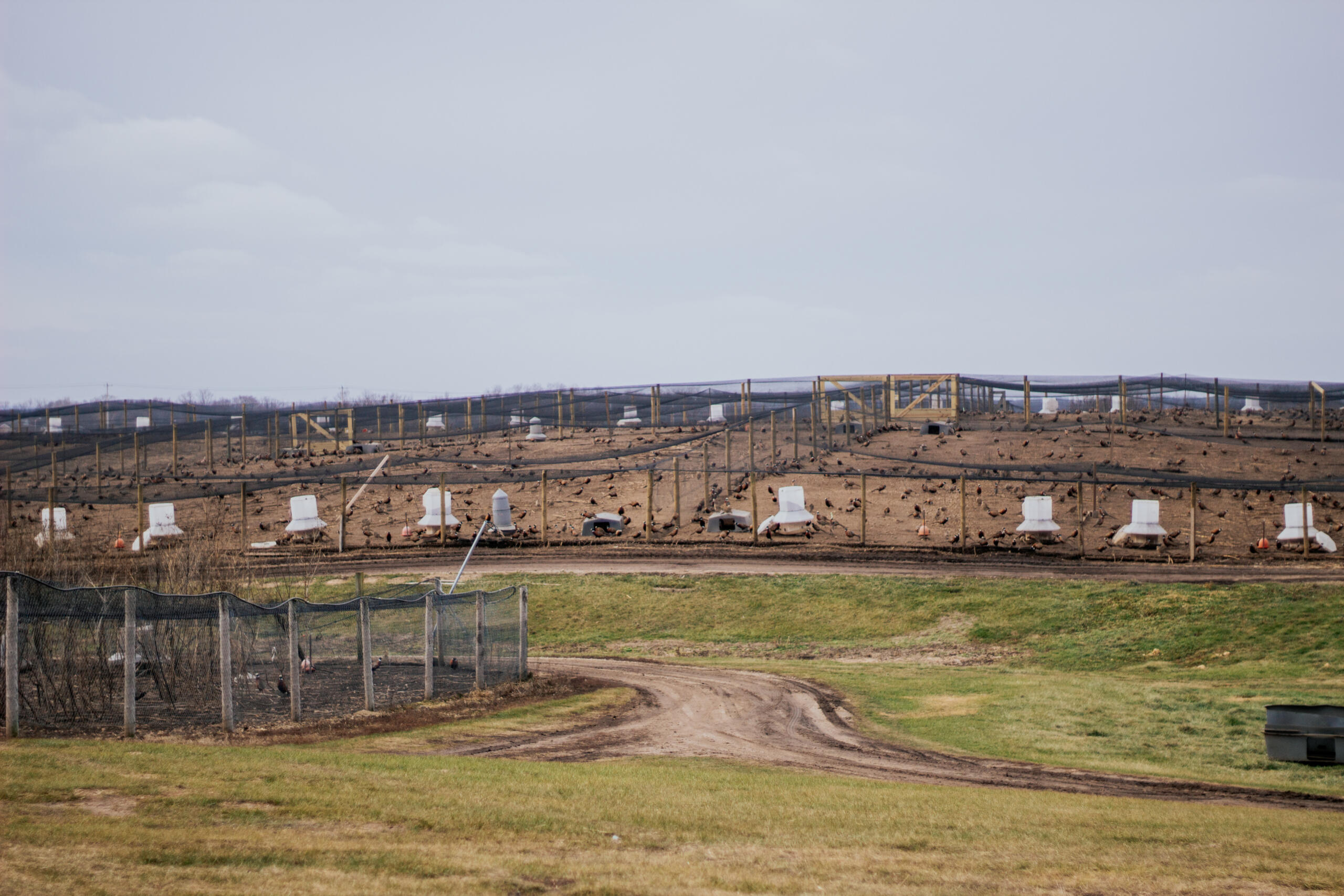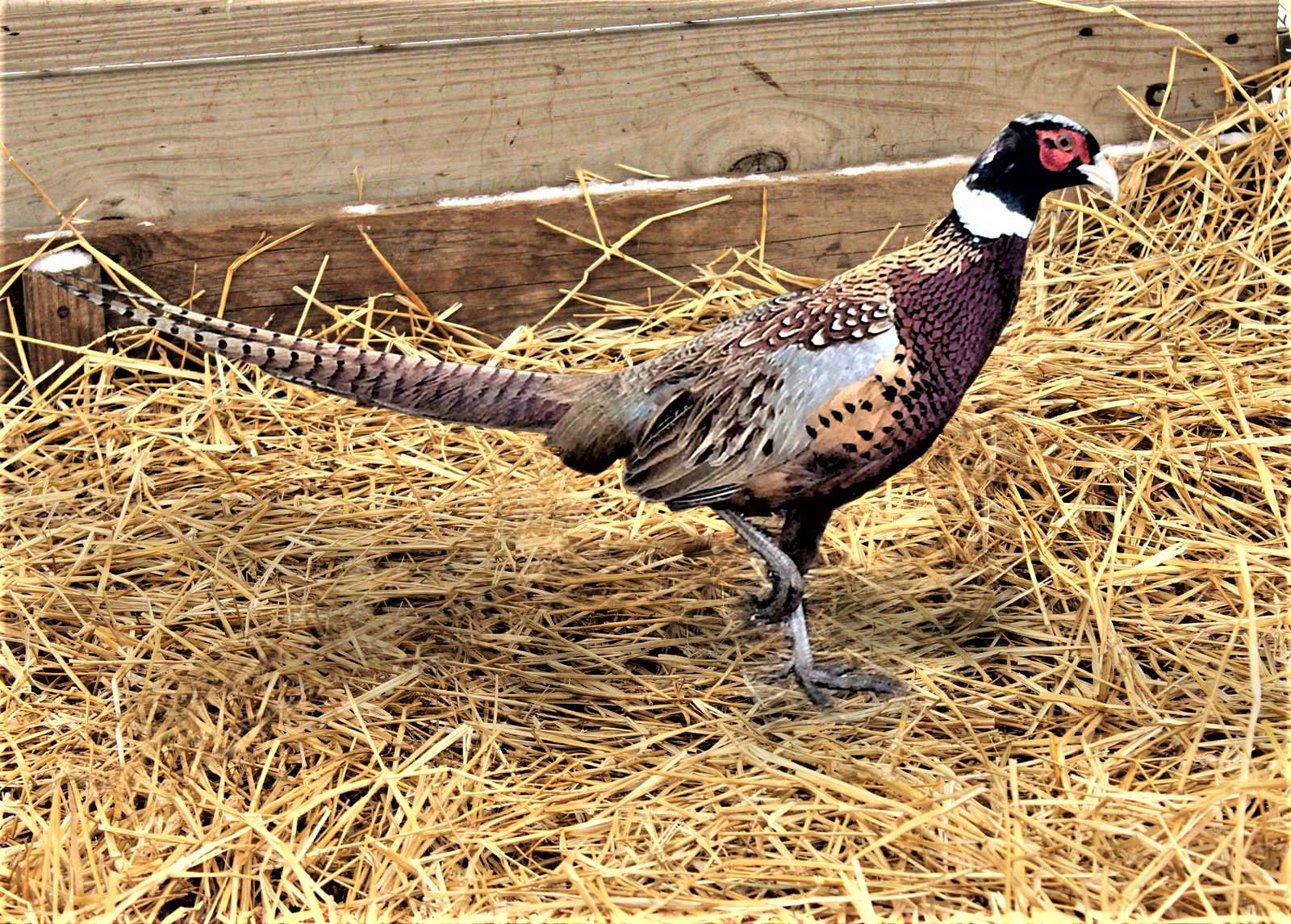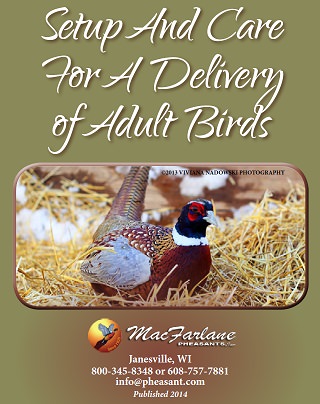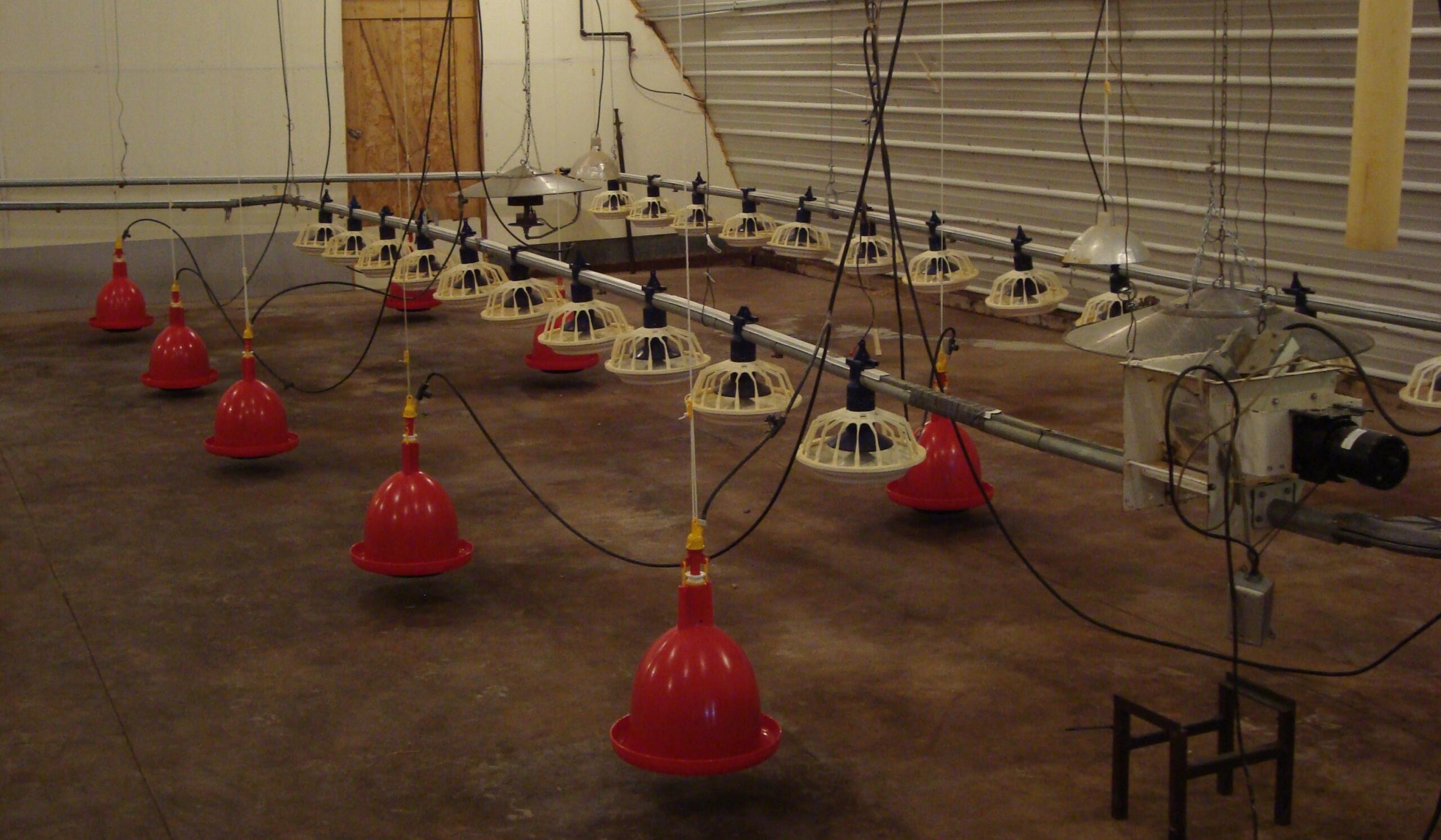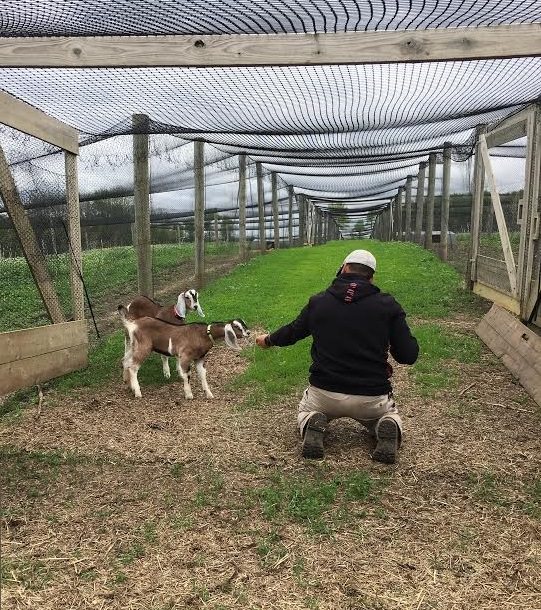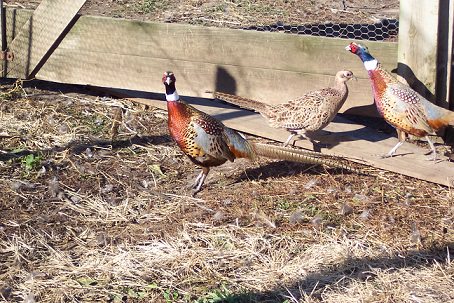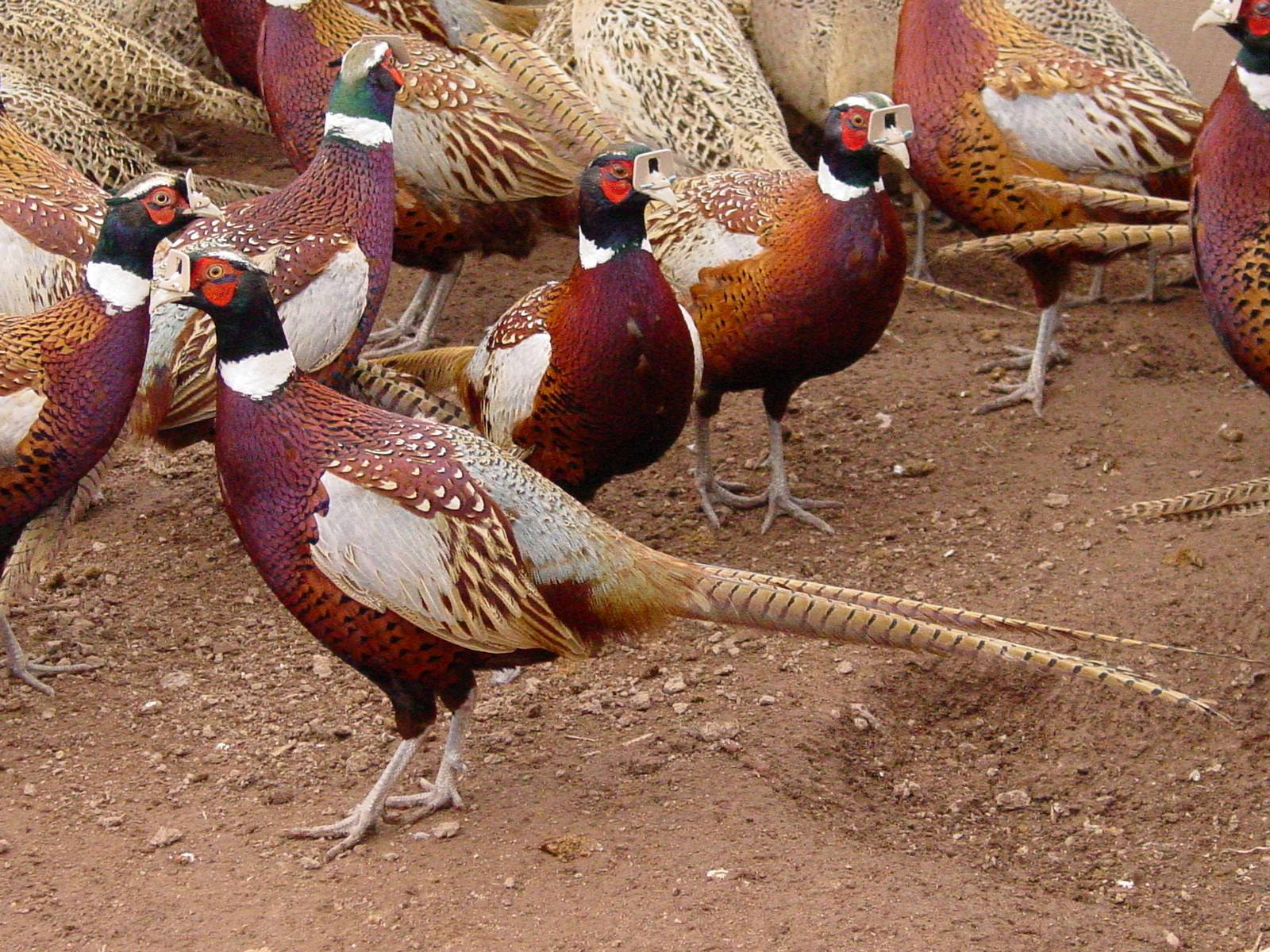Penning-In the Hungarian Partridge
At MacFarlane Pheasants, we don’t raise the same old pheasants as other farms, and we don’t build all our outdoor pens the same. We used to raise Hungarian partridges and wanted to share how their pens differed from the others on our farm. Hungarian partridges have different requirements than our ringneck pheasants, so we catered to them just like we cater to our customers.
Your average Hungarian partridge weighs about a pound. When compared to our average Manchurian Cross pheasant, which tips the scale around 2.8 pounds, it’s about a third of the size. Naturally, we scale the pens down to suit. Our partridge pens were 9,000 square feet (about half of a pheasant pen), and this is in part because it makes it easier to get the birds out of the pen when it’s time to ship them to you. We scale the bird density to their size, and in an average pen we had around 900 partridges, or one for every 10 square feet.
We switched our netting mesh size to a 1.5-inch for Hungarian partridges versus our standard two-inch netting for pheasants. The reason was simple: if we used the bigger netting, there’s the potential for the partridges to pop right through if they flush, and we can’t have escaped partridges flapping all around the farm.
Another difference in the pens is the type of cover grown. At MacFarlane Pheasants, we’re a huge proponent of growing live, natural plants in the pens to shelter our birds. For partridges, our favorite was milo, also called sorghum. It’s a great low cover for the birds at beak-height, but it takes a higher soil temperature to germinate, so sow it well after the spring thaw for your summer birds.
One last piece of advice: When the daylight hours get longer in the late winter and early spring, the birds get restless, and the females can be particularly aggressive, going after the males and picking at them. To prevent mortality, we segregate them by sex as the snow melts to avoid these issues.
Related Posts
Preparing Our Barns & Pens Each Spring
Read Post
Our Milton Farm in 2024!
Read Post
10 Steps to Prepare for a Delivery of Mature Game Birds
Read Post
4 Steps to Keeping Pheasants Healthy in Winter
Read Post
6 Feed and Water Procedures to Keep MacFarlane Pheasants Healthy
Read Post
Can Goats Be Helpful on a Pheasant Farm?
Read Post
Catching Mature Pheasants
Read Post
Choosing the Right Type of Game Bird
Read Post
Take Advantage of These Free Resources
As the biggest game bird farm in the United States, we want to share our experience with you. Download our free resources below and get started.



